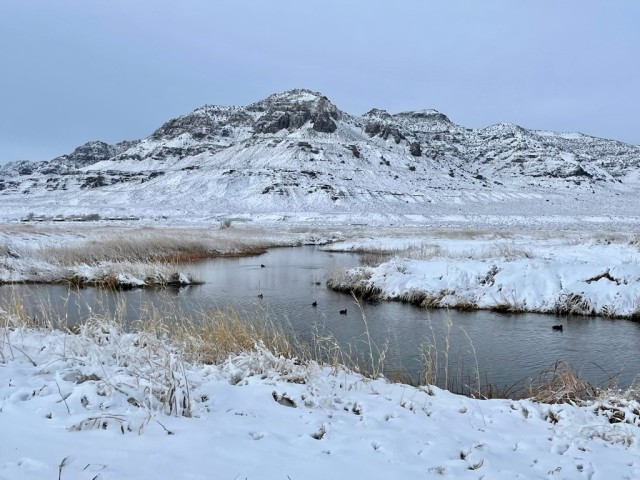DUGWAY PROVING GROUND, Utah- Dugway Proving Ground is home to many types of wildlife. Last year, the Dugway Natural Resources Office and Fish Springs National Wildlife Refuge restarted the Fish Springs Christmas Bird Count. The Fish Springs count circle includes portions of the wildlife refuge, BLM public land, and the southern portion of Dugway.
In the late 1800s it was a tradition in some parts of the U.S. to have a “side hunt” at Christmas where people divided up into teams, went out hunting, and shot as many animals and birds as they could. The side that shot and brought back the most animals was declared the winner. Around the turn of the 20th century people were becoming more and more aware of the impact they were having on wildlife populations, and federal regulations such as the Migratory Bird Treaty Act were another result of this growing awareness. An early proponent of bird conservation and an officer of the fledgling Audubon Society by the name of Frank Chapman proposed a wildlife census instead of the usual hunt as a way to reduce their impact on wildlife populations. And so, in the year 1900 the Audubon Christmas Bird Count was born!
The Christmas Bird Count (CBC) is one of the oldest running citizen science programs in the world, and the data on bird populations that have been collected annually is used by the Audubon Society and other organizations to assess the health of bird populations and inform conservation actions by helping track patterns and trends in the change of bird populations over the past 100 years.
Every year, CBC's are held by count circles all over the U.S. and the world. There are now over 2500 count circles around the world in the U.S., Canada, the Pacific Islands, Caribbean, and Central and South America. In any given year, there are up to 29 count circles active in Utah.








Social Sharing